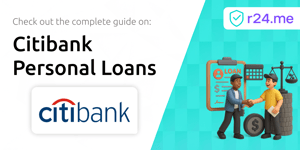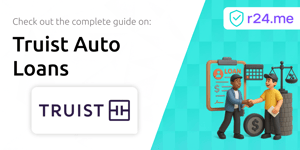
In today’s fast-paced world, mastering personal finance is no longer optional. Treating your money with the same rigor and discipline as a corporation can be the key to long-term security and growth.
By adopting proven frameworks and leveraging modern tools, you can transform your financial life and gain true peace of mind.
Embracing a Chief Financial Officer (CFO) mindset means viewing your personal finances as a dynamic business. A successful CFO doesn’t just react; they plan, analyze, and optimize every dollar flowing through the company.
This approach requires:
When you schedule regular financial reviews and strategic decisions you’ll uncover opportunities to maximize savings and reduce waste, transforming uncertainty into a structured roadmap.
Every CFO knows that a detailed budget is the backbone of financial control. Start by tracking all sources of income—salaries, side gigs, investments—and categorizing every expense, from housing to leisure.
Choose a budgeting framework that fits your lifestyle:
Consistency is key: review and adjust your plan monthly to reflect changes in income, expenses, or goals.
Modern apps can automate much of this work. Consider tools like:
Turning aspirations into reality requires SMART goals: Specific, Measurable, Achievable, Relevant, and Time-bound.
Examples of well-defined objectives:
Differentiate between short-term targets—like building a three-month emergency cushion—and long-term ambitions such as funding college tuition or retiring comfortably.
An emergency fund is your financial shock absorber. Experts recommend saving 3–6 months of essential living expenses in a separate, easily accessible account.
Automate contributions by setting up automatic transfers for consistent savings each payday. This removes temptation and ensures continued progress without constant oversight.
List every outstanding debt, noting balances, interest rates, and monthly minimums. A disciplined repayment plan can dramatically accelerate your journey to financial freedom.
Whichever method you choose, the key is consistency and vigilance—reduce high-interest obligations to free up cash flow and boost your credit score.
Long-term wealth building hinges on disciplined investing. Maximize contributions to tax-advantaged accounts and harness the power of compounding.
Financial advisors suggest allocating at least 15% of your income toward retirement. If your employer offers matching contributions, contribute enough to capture the full match—this is free money for your future.
A well-diversified portfolio balances growth and security. Maintain a Diversified portfolio of stocks and bonds aligned with your risk tolerance, then avoid making rash investment decisions during market volatility.
Your financial status is dynamic. Schedule annual reviews to compare actual performance against your budget and goals. Life changes—marriage, career shifts, new dependents—demand adjustments.
Keep a close eye on credit scores by using reliable tools, and address inaccuracies promptly to maintain your lending power.
Tax laws evolve annually. Stay informed about deductions, credits, and retirement account limits to optimize your filings. After major life events, update your IRS Form W-4 to ensure correct withholding.
During open enrollment, evaluate health savings accounts, flexible spending accounts, and employer-sponsored benefits to maximize your total compensation package.
Complex situations—inheritances, real estate investments, or business income—may exceed DIY capabilities. A Certified Financial Planner (CFP®) or fiduciary advisor can provide tailored guidance.
Before hiring, verify credentials using FINRA’s BrokerCheck service to ensure your advisor acts in your best interest.
Your financial life is only as strong as its defenses. Rotate passwords regularly, and enable two-factor authentication on all platforms to guard against unauthorized access.
Monitor accounts for suspicious activity and enroll in identity theft protection if needed. Vigilance is the best defense against fraud.
As a quick reference, keep these benchmarks in mind:
By treating your finances with the same dedication and structure as a Fortune 500 company, you can unlock a future of stability and opportunity. Unleash your inner CFO, and let data-driven decisions guide you toward financial mastery.
References













